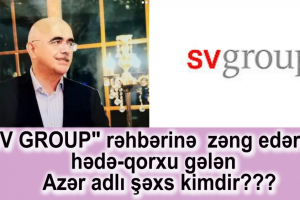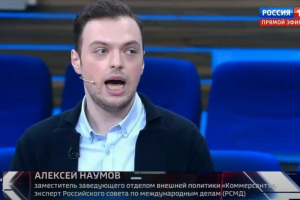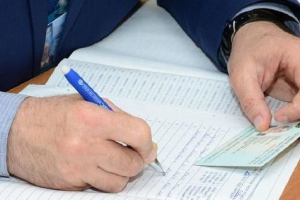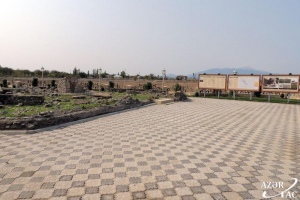


One of the most successful literary hoaxes in the world may have finally been solved, at least in part: the author of the mysterious and still unencrypted Voynich manuscript, a medieval manuscript specialist considers a Jewish physician who lived in northern Italy.
The Voynich manuscript is an illustrated handwritten book written on parchment in a completely unknown language or indecipherable code. Scientists and cryptanalysts have been puzzling over this mystery for more than a hundred years, since the manuscript appeared on the horizon.
In the preface to the new facsimile edition of this 15th century code, Stephen Skinner argues that the miniatures in each section of the manuscript indicate the identity of the author of the manuscript. If Skinner is not mistaken, his theory will help unravel other secrets of the encoded manuscript.
Proving his vision of the author's personality, the scientist relies on numerous illustrations to the book, in particular, to that miniature where naked women bathe in a green basin supplied with water from bowel tubes.
Skinner, a specialist in occult literature, who was preparing for publication the spiritual diaries of the mystic of the Tudor era, John Dee, believes that the miniatures in the Voynich manuscript depict a Jewish ritual pool, mikvah, where women are dipped after birth or menstruation in order to get rid of ritual uncleanness.
Emphasizing that only naked women are depicted in miniatures, but not men, Skinner told The Guardian: "The only place in Europe at the time where women could be seen swimming together is the mikvah, a pool for ritual ablutions used by orthodox Jews throughout the last two thousand years. "
He believes that the drawings depict the invention of the mysterious author of the manuscript - mikvah, where a sufficient amount of pure water would be supplied. "I think there can be no other explanation for these drawings: either this is the fruit of the author's violent fantasy, which is in bad harmony with the medical, homeopathic and cosmological sections of the manuscript, or it's a mikvah," Skinner said.
Another proof Skinner gives in favor of his theory about the author-Jew is the lack of Christian symbols in the manuscript, which is extremely untypical for the era of Christian fanaticism, when the Inquisition planted Catholicism and exterminated the smallest germs of heresy. "There are no saints or crosses here, even in the cosmological part of the manuscript," Skinner said.
In the light of the absence of Christian symbols, Skinner believes, the clues contained in the miniatures of the manuscript tell us that her author was a Jewish doctor and herbalist. In the manuscript, along with astrological tables, many images of plants and many among them - medicinal herbs, in particular opium and hemp. "In those days, physicians should also be astrologers, so they determined the nature of the disease and prescribed treatment."
Although the Jews were persecuted by the Inquisition, they were in demand as medics because of their profound knowledge of the Mediterranean flora, Skinner added.
Evidence that the manuscript was created in the north of Italy is considered a drawing of a fortress with a wall with bifurcated battlements. This unusual type of fortification, according to Skinner, was peculiar to the castles of the Ghibellines in the north of Italy in the 15th century. In many cities of the region - for example, in Pisa - there was a significant Jewish population. And the fact that in the High Middle Ages, during the confrontation of popes and emperors of the Holy Roman Empire, these cities were more often associated with the empire than with the pope, can explain the German influence traced in some miniatures in the Voynich manuscript.
Skinner acknowledged that his theory should be tested by other scientists, but added that he was "85% sure" of his rightness. Skinner, a specialist in medieval esoteric manuscripts, said that he is now studying European Jewish books of the period for possible similarity to the Voynich manuscript in the language and language models, codes, ciphers. If he succeeds in his searches, he will solve the problem that has plagued scientists, cryptanalysts and programmers since in 1912 this manuscript was discovered by the Polish collector Wilfrid Voinich.














